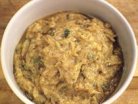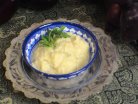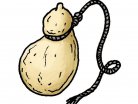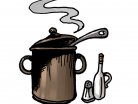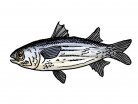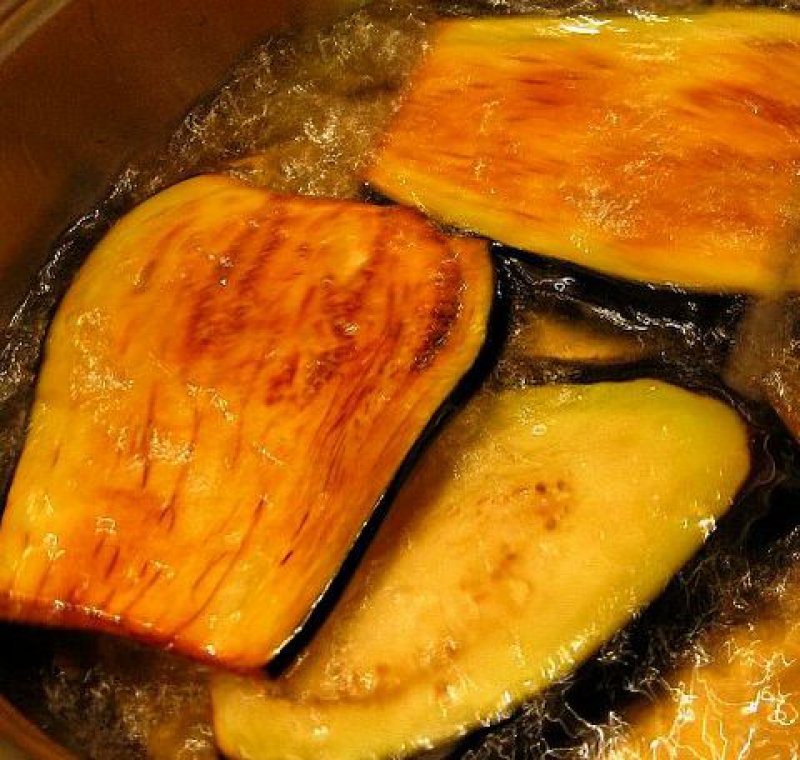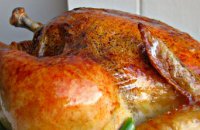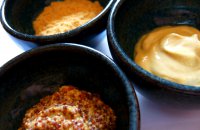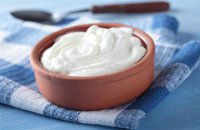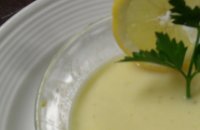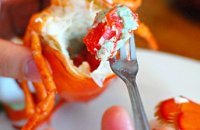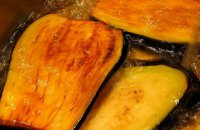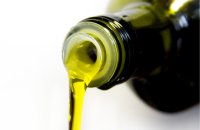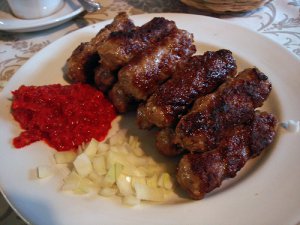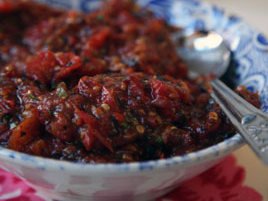As a healthier and tastier option, olive oil can be used in all dishes for which fat is needed- the perfect replacement for heavy creams and butter. It is an excellent heat conductor and can be submitted to high temperatures like those during frying, without undergoing the changes that cause such harmful consequences in most fats.
Although it considerably lessens the dietary risks that often come with frying and sauteing, it unfolds its true, full taste when it is simply used raw. It lends a new flavor to salads and vegetables, perfecting a variety of sauces and dressings, most notably vinaigrettes.
Tips for proper frying
For proper and healthy frying, follow the instructions below:
- Only place the food inside the olive oil when its has reached the proper temperature
- Food should be at room temperature before being fried, otherwise frying will alter the innate qualities of the oil’s fibers
- The oil’s temperature should remain stable throughout frying
- It is better if the olive oil is not used more than six times in a row
- The frying pans should be of very good quality (deep, heavy, non-stick)
- Select a simple virgin olive oil because its taste while frying gets weaker
- When done with frying, the food should be dried before being served (absorbing paper, sieve, skimmer etc.)
- When frying food which was first dipped in flour, egg, or bread crumbs, or was perhaps stuffed, we can clean the oil by adding a thin slice of bread or lemon, or even a piece of raw potato, to the pan mixture





































